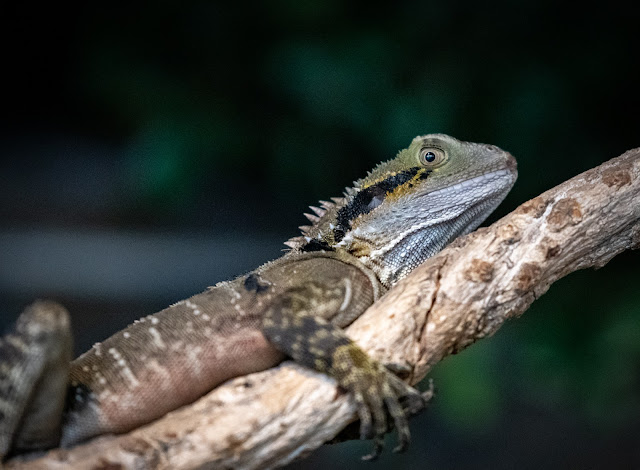After a time in which conventional wisdom decreed that Covid-19 definitely arose from natural zoonosis, by crossing from an animal to humans in Wuhan's wet market, and that anyone who said otherwise was a conspiracy theorist, there is now a wealth of evidence emerging that a lab leak is a distinct possibility, and that Covid may well have arisen as a result of genetic engineering experiments on coronaviruses conducted by Chinese and American scientists.
This blog contains links to books, articles and videos for people who would like to explore these ideas further.
A WHO pandemic pact would leave us at China’s mercy. By Matt Ridley.
Published on: Saturday, 14 May, 2022
This book was published in November 2021 and contains a comprehensive review of the evidence so far.
One of their most telling arguments concerns the furin cleavage site. Furin cleavage sites can occur naturally, but they are also commonly used by genetic engineers.
They also appear to be significant in determining whether a virus can cross from an animal to infect humans.
The furin cleavage site in SARS-CoV-2’s genome reads CGG-CGG-GCA-CGT, which is the recipe for the amino acids arginine-arginine-alanine-arginine, RRAR. It lies in a key spot in the spike gene of the virus, immediately upstream of the point where the furin will cleave the spike in two.
The history of this niche field of research goes back thirty years. Since then, spotting furin cleavage motifs in virus proteins has become a bit of a hobby among virologists, a potentially useful way of gauging how dangerous a virus might be. They always begin and end in arginine (R). The cut happens just after the last R. In SARS-CoV-2, the motif is RRAR; in mouse hepatitis virus, it is RRAHR; in bovine coronavirus, RRSRR; in OC43, a common cold coronavirus, RRSR.
Yet other coronaviruses, including SARS, manage to be infectious without furin cleavage at the S1/S2 boundary. The truth is that scientists still do not fully understand what is going on. This is why several labs around the world have been deliberately inserting furin cleavage site sequences into the spike genes of different coronaviruses to see how this changes the virus’s ability to infect different types of cells.
By 2019 the practice of artificially introducing or removing furin cleavage sites in the spike genes of coronaviruses, or their equivalents in other viruses, had become a routine experiment in virology.
One such study, which featured as co-authors Zhengli Shi and Ralph Baric, was Two Mutations Were Critical for Bat-to-Human Transmission of Middle East Respiratory Syndrome (MERS) Coronavirus, saying then that such cleavage sites ‘played critical roles in the bat-to-human transmission of MERS-CoV, either directly or through intermediate hosts’
In the universal genetic code for all organisms – the dictionary that translates DNA or RNA language into protein language – there are six different words encoding the amino acid ‘arginine’ (R): AGA, AGG, CGG, CGC, CGA and CGT (the last being CGU in RNA). These three-letter words are called codons. Within the genome of SARS-CoV-2, the commonest codon for arginine is AGA and the rarest is CGG. Yet the furin cleavage site in SARS-CoV-2 has two of the latter in tandem: CGG-CGG.
A project to search all sarbecoviruses for CGG-CGG doublets found none, except for the one in the furin cleavage site of SARS-CoV-2.
It is true that virologists altering the sequences of viruses to make them more compatible with human cells are more likely to use CGG codons for arginine than nature does, which makes the CGG-CGG doublet in the furin cleavage site of SARS-CoV-2 suspicious at least. But the argument is suggestive, rather than conclusive, and nature is clearly capable of using these codons.
What is suspicious is that this fact was completely neglected in Zhengli Shi's paper 'A pneumonia outbreak associated with a new coronavirus of probable bat origin' published in Nature 3rd Feb 2020. She was one of the scientists who had been at the forefront of research into the importance of the furin cleavage site making MERS and SARS into human pathogens. Then she studies the SARS-Cov-2 virus which has the very rare CGG-CGG doublet furin cleavage site, and curiously ignores it.
As Chan and Ridley remark: 'It is one of the strangest omissions in a scientific paper. The sarbecovirus specialists were clearly paying extremely close attention to this part of the genome, but the most remarkable feature of all escaped their attention. Not one of them appears to have said, when reading a draft, are you sure you are not leaving out the most interesting bit?'
'It is as if you discover a unicorn and you compare it with other horses, describing in detail the hair and the hooves, but you don’t mention the horn.'
'This was also the paper that first mentioned RaTG13 by its new name and did not connect it to the 4991 SARS-like virus sequence published in 2016 or to the mysterious pneumonia cases in 2012 that had spurred Chinese research teams to scour the Mojiang mine for viruses. If this were the plot of a novel, the reader would think something was up.'
'Given that Dr Shi’s group had made chimeric SARS viruses and Dr Shi and co-authors had recently collaborated on a project studying parallel sites in MERS-like viruses, their silence on the unique furin cleavage site with critical implications when they published the first sarbecovirus genome is the dog that did not bark in the night-time.'



































